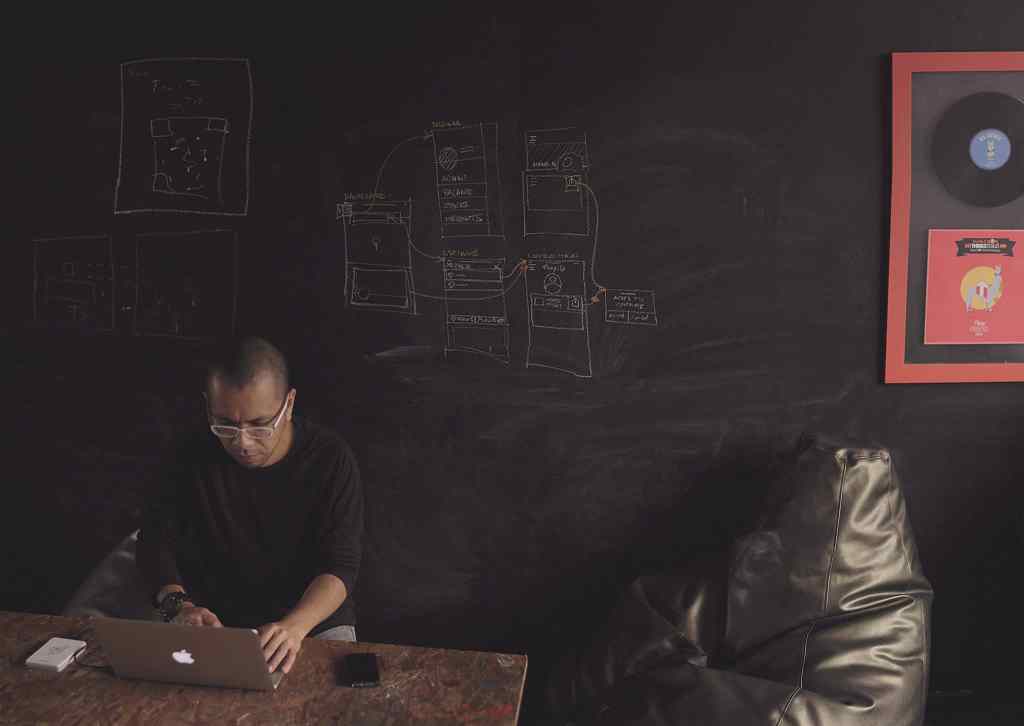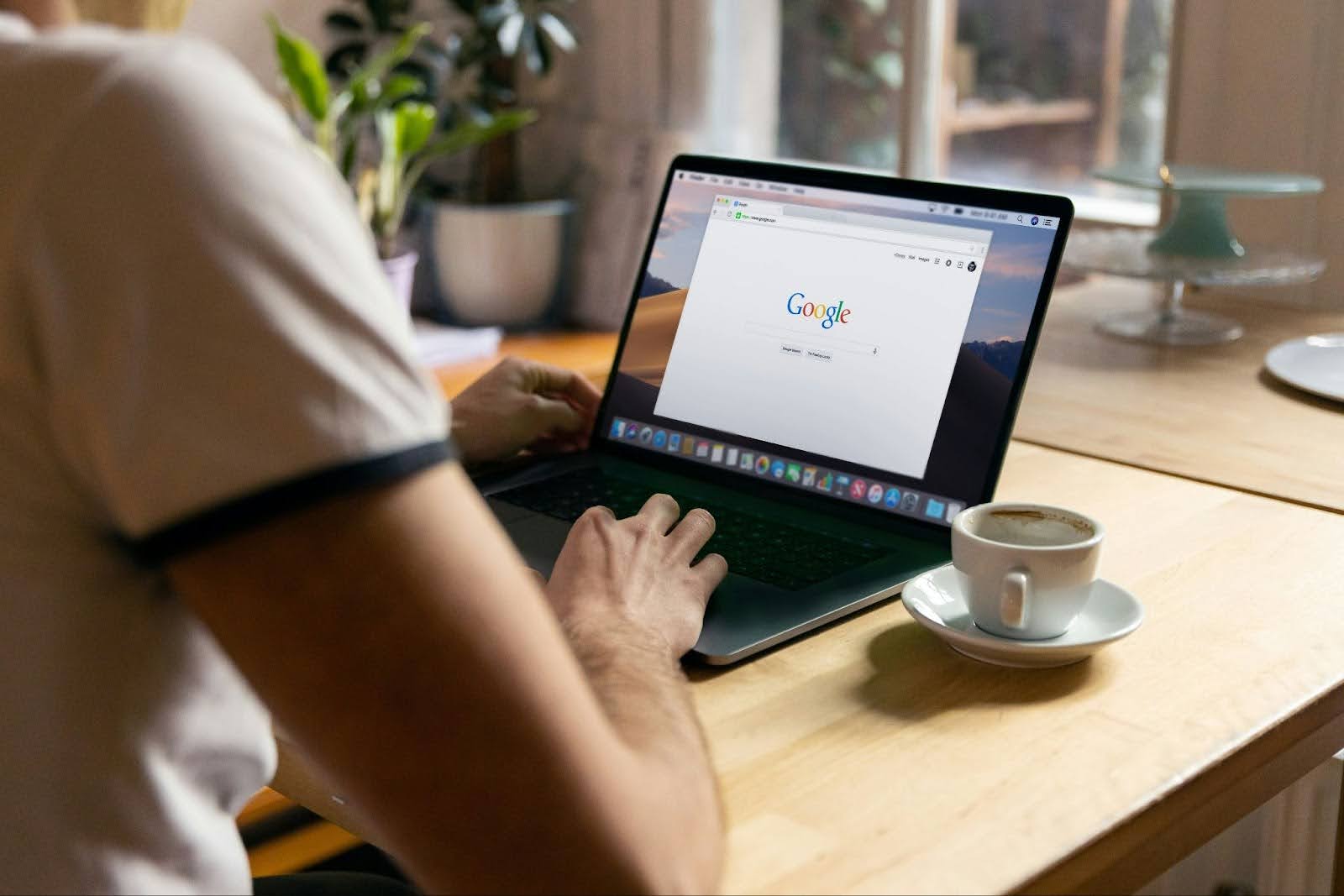Curt Steinhorst: How to Create a Focus Vault

Today’s guest post is written by Curt Steinhorst, best-selling author of “Can I Have Your Attention?”, and founder of Focuswise. He travels the globe working with organizations to reduce distraction and improve communication—to help put the “work” back in the workplace.
Focus is a team sport
Last month, we established an important truth: productivity is not personal. To pursue productivity at work, we have to zoom out, past the individual “hacks”, and engage the question of focus at a team level. We began with communication patterns, since our “productivity struggles” are often communication issues in disguise.
Today, we will cover the “where” we attempt to get work done. To make real progress toward major goals on our teams requires access to a specific sort of space.
We call it a Focus Vault: an unreachable place, where we go for a defined period of time, to focus on the important tasks.
(And, like last time, we’re offering another free tool at the end of this article.)
Where we work, matters

The open office is still a corporate darling (though that attitude is slowly eroding). That’s because most space design is driven far more by cost and wow factor, rather than focus. An executive survey revealed that, when designing an office space, minimizing distractions was the lowest consideration.
But it’s no surprise that the design of our workspaces can significantly affect our workday. The survey referenced above also revealed that innovative companies are five times more likely to balance group and individual workspaces. At an innovative company, the ratio was basically 1:1 open to private space; the least innovative organizations had a 60:30 ratio or worse.
Today, just 7 percent of workers say they get their best work done at the office. We can change that.
Transforming your space into a true place of work

All of us can create a Focus Vault.
First, we can set up barriers. In an ideal world, this includes a full office with a door we can close. But in the real world, cubicle walls and headphones (with wordless music) are a great start. Also, don’t forget virtual barriers! Freedom is an absolute must, as is taking advantage of full-screen apps.
Second, we can practice rituals. “Neurons that fire together, wire together,” as Donald Hebb once postulated. The idea of ritual is to teach your brain that, when certain actions are performed, you are “going into your vault”—and over time, your brain will associate those actions with a period of deep focus.
This works best if there are physical actions involved that affect your physical space. Perhaps you hang a “do not disturb” sign on your chair. Or reserve a specific set of headphones just for Vault time. Just as important: when it’s time to end a Vault session, reverse the ritual.
Third, we must co-create a Vault culture. Vault sessions won’t improve focus if you’re constantly in danger of interruption—your brain will start associating the Vault ritual with distraction instead. That’s why the Communication Compact download from last month includes a section to address when you and your team are accessible to each other (and explicitly references “vault time”).
Because the truth is, no matter how committed you are to creating your own Vault place, your team will upend your plans. It’s Murphy’s Law of the digital era: if they can interrupt you, they will.
The conversations that promote Vault culture are not easy. They are sometimes awkward. And with often differing expectations, they can even occasionally be controversial.
But in our hyper-connected world, they are more critical than ever.
A free tool to help guide your Vault conversations

A true Vault is a very personal place. So the guide we’ve developed addresses a lot of the things you’ll want to think about personally as you consider the location, barriers, and rituals that define your Vault.
Here’s the best way we’ve found to use this tool: share it with the whole team, and then meet to discuss how you can support each other’s pursuit of Vault time. And please, let us know how it goes!
More to come
This is the second in the Focuswise 4-part series on creating an Attention Alliance. We’re exploring the science of attention, how it interacts with the space we occupy and the time we have, and how we can work together to build a better workplace—one where the important work gets done.
(Find out more about Curt Steinhorst the acclaimed speaker at curtsteinhorst.com, and his consultancy at focuswise.com)



